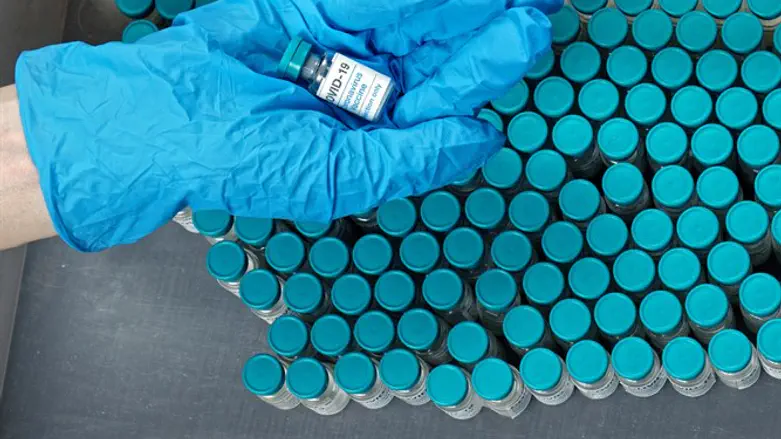
The HM Treasury has recently published data stating that pandemic-hit businesses in the UK have received £79.3bn in government-guaranteed loans in the last year.
At the start of the pandemic, Chancellor Rishi Sunak announced measures that were to be put in place by the government to help keep business afloat, such as a business-loan scheme, with a total of 1.6 million loans distributed to businesses of all sizes.
Covid business loan statistics
- 1,670,939 loans were made through neo banks, banks, and alternative lenders via the Coronavirus Business Interruption Loan Scheme (CBILS), the Coronavirus Large Business Interruption Loan Scheme (CLBILS), and the Bounce Back Loan Scheme (BBLS).
- More than 1.5 million BBLS worth £47bn were provided.
- £26bn provided as CBILS, and over £5bn as CLBILS.
- A further £1.2bn in the form of convertible loans to 1,140 high growth firms was provided through the Future Fund.
Most schemes have ended with the removal of COVID restrictions, but the Recovery Loan Scheme will continue until the end of 2021.
The Recovery Loan Scheme offers an 80% guarantee to lenders for overdrafts, invoice and asset finance, and term loans. Across all products, the maximum loan size is £10m. For terms loans and overdrafts, the minimum loan size is £25,000, and for invoice and asset finance, the minimum is £1,000.
Rishi Sunak, Chancellor, commented:
“We promised to stand by businesses at every stage of the pandemic and we have delivered on that promise. I am proud of the extraordinary extent of support we’ve offered since March last year – we will continue to back businesses and protect people’s jobs as we recover from coronavirus.”
Almost 18-months into the pandemic, it would be sensible to start considering how your business will repay the various COVID Loans you may have taken.
The House of Commons Public Accounts Committee estimates that the Bounce Back Loan Scheme alone will lose £16bn - £27bn as a result of businesses being unable to repay and due to fraud. This would leave a potential default rate of 35% - 60%, without including the loans to larger businesses, which includes unsecured and secured loans. All of these loans were state-backed, meaning that any failures to pay will be shouldered by the taxpayer.
The Impact of Fraud on Covid Business Loans
We are yet to definitively know how much of an impact fraud will have had on these figures. Some people decided to convert the taxpayer rescue into a business opportunity by exaggerating the risk to their business and pocketing the money.
However, others took a step further by borrowing money under the government scheme, taking the money, and then dissolving their company. In order to dissolve a company, the company should be solvent, and directors should notify creditors ahead of time, yet some companies have managed to dissolve without following the rules set out.
Company dissolution can be a normal aspect of the company life cycle, with approximately half a million dissolutions each year for the last 6 years. If a company cannot be legally dissolved, a formal insolvency process should be used, such as liquidation.
This is most definitely not a new phenomenon for the COVID-era: a ‘phoenix-ism’ is where a director closes down the struggling company X, moves all of their assets to company Y, but leaves the liabilities with the now-closed company X. Some abusers of the COVID business loans could fall into this category.
The government seeks to fix this dissolution ‘loophole’ with the Rating (Coronavirus) and Directors Disqualification (Dissolved Companies) Bill. This will widen the net of the Insolvency Service to disqualify directors who have abused the COVID loan schemes, including those who have used this dissolution ‘loophole’
